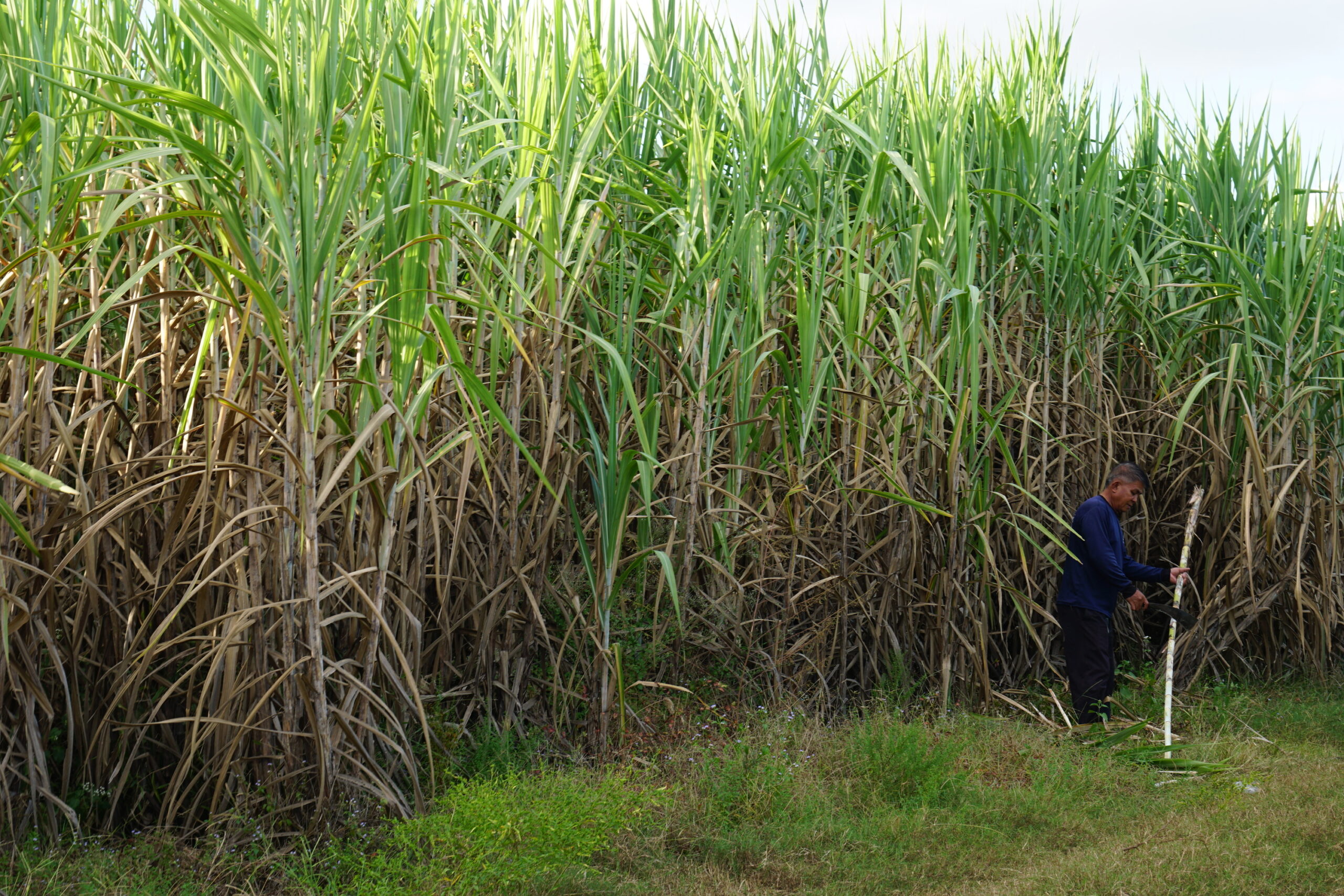Exactly How Walking Stick Sugar Handling Chemicals Improve Sugar High Quality and Yield
The duty of handling chemicals in walking cane sugar manufacturing is crucial, as they straight influence both the quality and yield of the end product. By employing substances such as lime and phosphoric acid, suppliers can effectively get rid of pollutants and enhance removal effectiveness. The incorporation of triggered carbon and enzymes offers to enhance the failure of intricate sugars, ultimately leading to a purer and higher-quality sugar. Nonetheless, the complexities of exactly how these chemicals interact within the processing setting raise concerns concerning their long-lasting effects and prospective improvements in the industry.
Overview of Cane Sugar Handling
Cane sugar processing involves a series of vital steps that change raw sugarcane right into polished sugar items. The process starts with harvesting, where fully grown sugarcane stalks are cut and delivered to processing facilities. Upon arrival, the walking cane goes through cleaning to eliminate contaminations such as dirt and plant materials.
Following washing, the cane is squashed to extract the juice, which contains sucrose - sugar and cane. This juice goes through information, where lime and warmth are utilized to remove remaining contaminations and non-sugar parts. The cleared up juice is then vaporized to focus the sugar material, causing the development of thick syrup
Next, the syrup is crystallized via a controlled air conditioning procedure, causing sugar crystals. These crystals are separated from the remaining syrup in centrifuges. The raw sugar acquired is typically brown as a result of residual molasses web content. To accomplish polished sugar, more filtration steps are applied, including cleaning, re-crystallization, and drying out.
The end product is either packaged as raw sugar or further refined right into white sugar, accommodating different customer and commercial requirements. This thorough series of actions guarantees the manufacturing of top notch sugar, vital for countless applications in food and drink industries.
Key Processing Chemicals Used
The manufacturing of polished walking stick sugar counts on different processing chemicals that play significant roles at various phases. This action is important for improving the general quality of the extracted juice.
Phosphoric acid serves a dual purpose; it enhances the clarification procedure and helps in the elimination of color-forming substances, adding to a higher purity of the end product. Furthermore, sulfur dioxide operates as a bleaching agent, permitting the efficient removal of unwanted pigments and enhancing the shade of the sugar.
Various other significant chemicals include triggered carbon, which is utilized for more decolorization, and enzymes that facilitate the breakdown of complicated sugars into less complex types, thus enhancing yield. The careful option and application of these processing chemicals are essential for enhancing the effectiveness of sugar removal and refining procedures, ultimately bring about a more consistent and higher high quality sugar item.

Influence On Sugar Quality
Exactly how do handling chemicals affect the high quality of polished sugar? The introduction of numerous chemicals in the walking cane sugar processing stage substantially boosts the pureness and overall top quality of the final product.
Additionally, the usage of activated carbon and ion-exchange materials throughout the refining process plays an essential duty in eliminating off-flavors and unwanted odors, adding to the sugar's sensory account. This refinement not just boosts the visual and organoleptic high qualities yet also improves the shelf life by decreasing microbial activity connected with impurities.
Furthermore, the exact application of these chemicals ensures that the sugar displays a regular grain size and flowability, which are necessary characteristics for both commercial applications and customer preferences. In general, the strategic use processing chemicals is essential in accomplishing high-quality refined sugar that Get More Info satisfies market standards and consumer assumptions.

Enhancing Yield Performance
Enhancing yield performance in walking stick sugar handling involves enhancing various stages of manufacturing to make best use of the amount of sugar removed from raw cane. One crucial facet is the option and application of suitable handling chemicals, which can facilitate the break down of cell wall surfaces and boost sugar launch throughout removal. Chemicals such as enzymes and acids play a crucial duty in this procedure by hydrolyzing polysaccharides and dissolving contaminations, consequently boosting the overall removal performance.

Normal tracking and change of handling criteria are necessary to keep effectiveness throughout production (sugar and cane). By employing these strategies, sugar producers can not only enhance the quantity of sugar obtained but likewise decrease waste and reduced production costs, adding to a much more successful click for info and lasting sugar processing procedure
Benefits for Producers and Customers
Walking stick sugar processing chemicals use considerable benefits for both customers and producers, developing a more lasting and efficient industry. For producers, these chemicals improve removal processes, bring about higher yields and boosted sugar top quality. By optimizing the filtration and condensation phases, they lower waste and increase overall performance, which can substantially reduce manufacturing prices. This effectiveness allows producers to continue to be affordable in a global market identified by varying rates and demand.
The improved high quality of sugar translates to better taste and uniformity in my explanation food items. Additionally, the use of handling chemicals can lead to an extra stable supply of sugar, mitigating scarcities and rate spikes that can occur due to environmental factors or market variations.
Final Thought

The role of processing chemicals in walking cane sugar production is essential, as they directly affect both the top quality and yield of the final item (sugar and cane). The consolidation of turned on carbon and enzymes offers to optimize the malfunction of complex sugars, eventually leading to a purer and higher-quality sugar.Cane sugar handling involves a series of vital actions that change raw sugarcane right into polished sugar products.Enhancing return performance in walking cane sugar processing entails enhancing numerous phases of manufacturing to maximize the amount of sugar removed from raw walking stick.Walking cane sugar processing chemicals play an important function in enhancing both sugar quality and yield